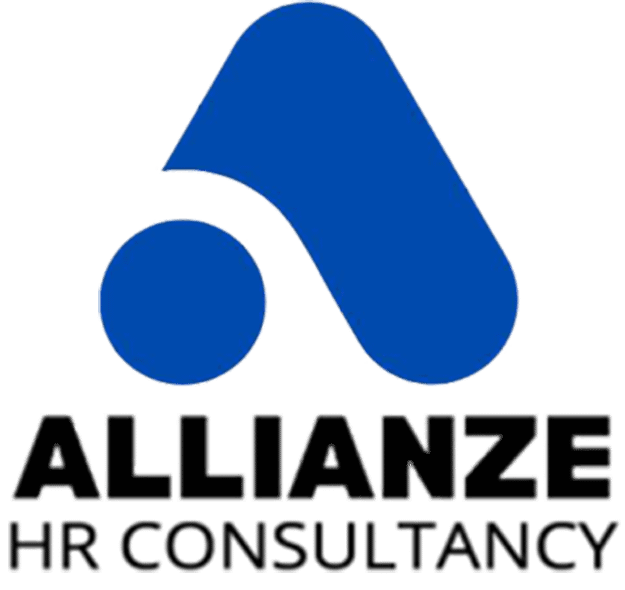Case study: deploying 500
Large-scale workforce deployment presents unique logistical challenges. This case study examines a massive mobilization project. Specifically, it covers deploying 500 welding inspectors to Bahrain. This initiative required meticulous planning and execution. Furthermore, it involved international labor laws and housing logistics. However, the project’s success offers a blueprint for similar endeavors. Additionally, we will explore the strategic framework used. This analysis provides actionable insights for global project managers.
The project’s scale was unprecedented in the region. It supported a major infrastructure development program. Therefore, every phase demanded rigorous quality control. The full scope of deploying 500 welding inspector to Bahrain involved complex coordination. This included visa processing, certification verification, and cultural orientation. Moreover, ensuring compliance with local and international standards was paramount. This guide details the entire process from conception to completion.
Understanding Case study: deploying 500
This initiative was driven by Bahrain’s economic vision. The nation is heavily investing in its industrial and energy sectors. Consequently, a skilled workforce was urgently needed. The project’s core was quality assurance in construction. Therefore, certified welding inspectors were critical for safety. This deployment was not merely about filling positions. It was about integrating expertise into a national development plan.
The project timeline was aggressive. It required a phased approach to be successful. First, candidate sourcing and vetting occurred globally. Next, compliance with Bahraini labor laws was secured. Finally, a comprehensive onboarding process was implemented. Each stage had its own set of challenges. For example, aligning different international welding certifications was complex. The team used International Labour Organization guidelines as a baseline standard.
Case study: deploying 500 Benefits
This large-scale deployment yielded significant advantages. The primary benefit was accelerated project timelines. Skilled inspectors on-site prevented costly rework. Furthermore, it enhanced overall construction quality and safety. This proactive approach mitigated potential structural failures. Additionally, it created a knowledge transfer opportunity for local workers. This built sustainable capacity within the Bahraini economy.
Another major benefit was economic stimulation. The influx of professionals boosted local businesses. Hotels, transportation, and services all experienced growth. Moreover, it strengthened international trade relationships. The project demonstrated Bahrain’s capability to host major industrial projects. This success is documented in World Bank economic reports on Gulf development. The strategic benefits far outweighed the initial investment.
How Case study: deploying 500 Works
The operational framework was built on three pillars. These were recruitment, logistics, and integration. Recruitment focused on finding inspectors with specific certifications. Logistics handled travel, housing, and legal documentation. Integration involved cultural training and site-specific orientation. Each pillar was managed by a dedicated team. Consequently, this ensured seamless coordination across all activities.
The process began with a detailed needs assessment. Project managers identified the exact skill sets required. Then, a global recruitment campaign was launched. Candidates underwent rigorous technical and language testing. Successful applicants then entered the visa and permit processing stage. This phase required close collaboration with Bahraini authorities. The team referenced U.S. Department of Commerce trade information for best practices.
Best Case study: deploying 500 Practices
Several best practices emerged from this project. First, early engagement with government agencies is crucial. This facilitates smoother visa and work permit approvals. Second, implementing a robust pre-deployment training program is essential. This should cover local customs, laws, and work procedures. Third, establishing a clear chain of command prevents communication breakdowns. These practices are vital for any large-scale mobilization.
Another best practice is leveraging technology for tracking. The project used a centralized database for all personnel. This tracked certifications, flight details, and accommodation assignments. Moreover, having a dedicated on-site support team was invaluable. They addressed issues as they arose in real-time. For ongoing support, consider our professional resources. This ensures your deployment remains on track.
Case study: deploying 500 Implementation
The implementation phase was meticulously planned over twelve months. It was divided into four quarterly sprints. The first quarter focused on recruitment and vetting. The second quarter handled legal and contractual formalities. The third quarter was dedicated to travel and housing logistics. The final quarter focused on on-site deployment and integration. This phased approach allowed for continuous assessment and adjustment.
Key to implementation was risk management. Potential disruptions like flight cancellations or document delays were anticipated. Therefore, contingency plans were developed for each scenario. Communication protocols were established between the home office and the site in Bahrain. Regular health and safety audits were conducted. These adhered to World Health Organization workplace standards. This proactive management minimized downtime.
Advanced Case study: deploying 500 Strategies
For organizations looking to replicate this success, advanced strategies are key. One strategy is forming strategic partnerships with local agencies. These partners can navigate the local bureaucratic landscape more efficiently. Another strategy is implementing a “train-the-trainer” model. This ensures skills are transferred to the local workforce, creating long-term value. Additionally, using data analytics can predict and mitigate future bottlenecks.
Another advanced tactic is diversifying recruitment sources. Do not rely on a single country or agency for talent. This reduces risk and increases the pool of qualified candidates. Furthermore, investing in community engagement programs builds goodwill. This can be crucial for the social license to operate. Understanding regional nuances, as found in UAE government employment regulations, provides a competitive edge.
Case study: deploying 500 Success Tips
Success in such deployments hinges on attention to detail. First, always over-communicate with all stakeholders. This includes the deploying team, clients, and government bodies. Second, prioritize the well-being of the deployed personnel. Comfortable accommodation and access to amenities reduce turnover. Third, conduct regular performance and satisfaction reviews. This helps identify and resolve issues before they escalate.
Financial planning is another critical tip. Always budget for unforeseen expenses. International projects often encounter hidden costs. Moreover, ensure all contracts are clear and legally sound in both jurisdictions. Protecting your organization and your employees is non-negotiable. For tailored advice, we recommend an expert consultation. This can save significant time and resources.
Future of Case study: deploying 500
The future of large-scale workforce deployment is digital. Automation will handle visa processing and document verification. Artificial intelligence will match candidate skills to project needs more precisely. Furthermore, virtual reality may be used for pre-deployment site orientation. These technologies will make the process faster and more efficient. The lessons from this case study will inform these digital tools.
Sustainability will also become a greater focus. Future deployments will prioritize carbon-neutral travel and green housing. There will be a stronger emphasis on local economic empowerment. The model of simply importing labor will evolve into one of collaborative development. This project serves as a foundational reference for this evolving landscape.
Frequently Asked Questions
What was the biggest challenge in deploying 500 welding inspectors?
The largest challenge was synchronizing logistics. Coordinating flights, housing, and work permits for 500 people simultaneously required extreme precision and robust project management software.
How long did the entire deployment process take?
From initial planning to full on-site integration, the process took approximately 18 months. The phased approach was critical for managing this complex timeline effectively.
Were local workers involved in the project?
Yes, knowledge transfer was a key project goal. Local apprentices and junior inspectors worked alongside the deployed experts to build sustainable local capacity.
What certifications were required for the welding inspectors?
Inspectors needed internationally recognized certifications like CSWIP, CWI, or equivalent. These were vetted against the project’s specific technical requirements and Bahraini standards.
How was cultural integration managed for the workforce?
A comprehensive cultural orientation program was mandatory. It covered local customs, laws, basic language skills, and workplace etiquette to ensure a smooth transition.
Can this deployment model be applied to other industries?
Absolutely. The framework of recruitment, logistics, and integration is universal. It can be adapted for any large-scale skilled labor deployment in sectors like tech, healthcare, or engineering.
Conclusion
This case study: deploying 500 provides a powerful template for global workforce mobility. The project demonstrated that with strategic planning, even the most complex deployments are achievable. Key success factors included phased implementation, robust risk management, and a focus on integration. The benefits extended beyond the immediate project to long-term economic and skills development.
The strategies outlined here are applicable across sectors. They offer a roadmap for managing scale, complexity, and international compliance. As global projects continue to grow, such expertise becomes increasingly valuable. We encourage you to schedule appointment with our specialists to discuss your specific deployment needs. Let us help you turn your large-scale vision into a operational success story.



